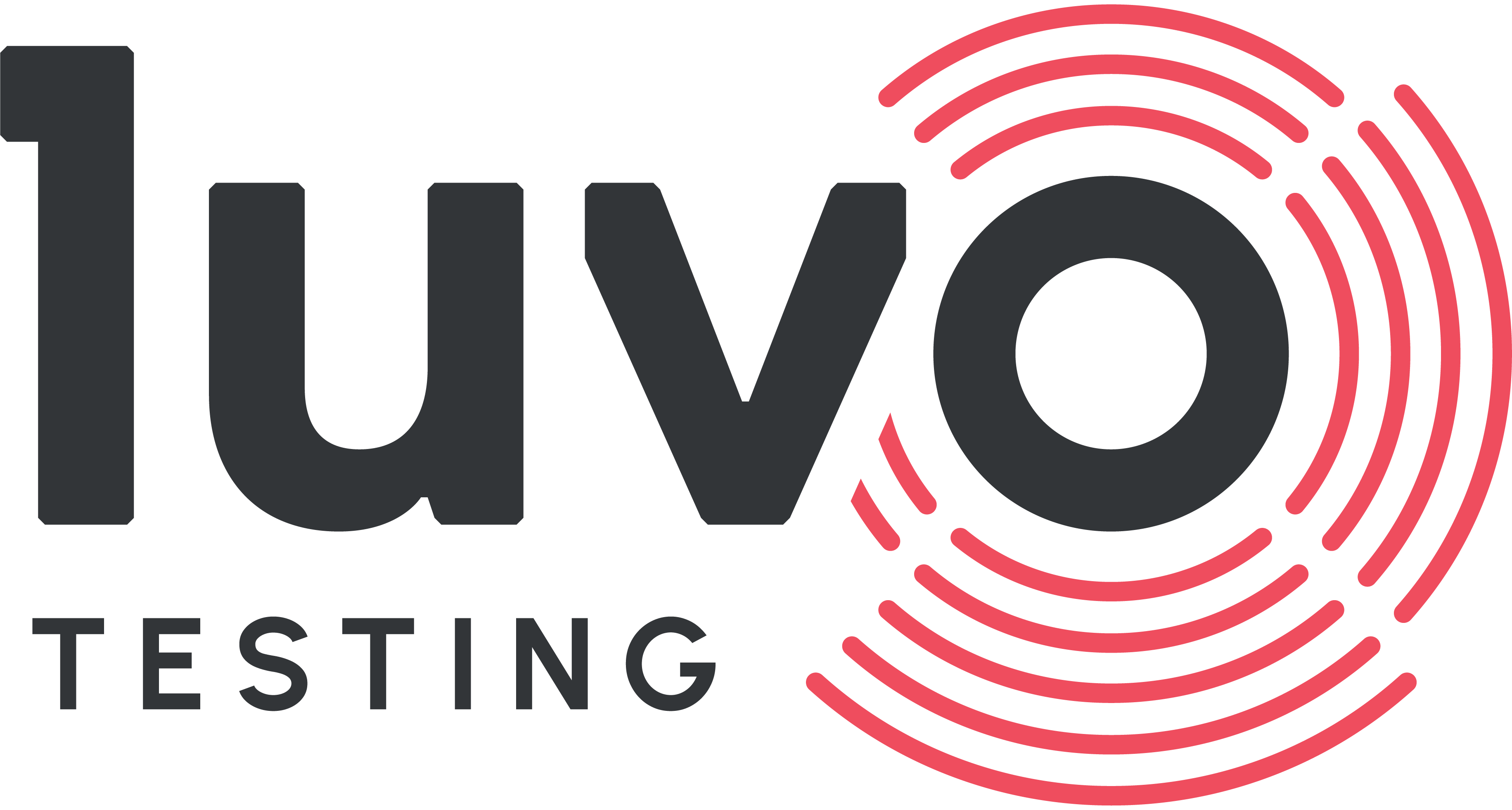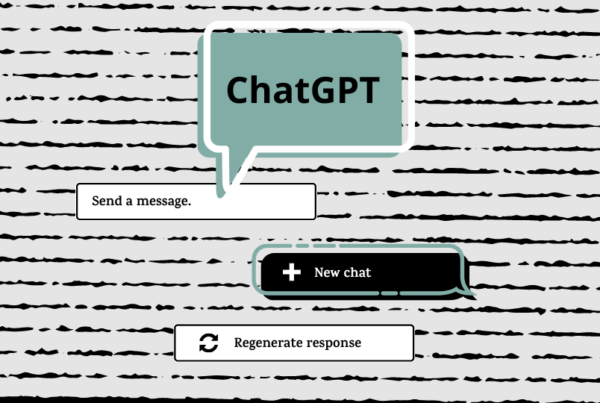
Do companies value Software Testing? Well, a quick way to answer that question is to look at how much businesses invest in testing, and that’s a lot! By 2023, the software testing industry will be worth a breathtaking $70bn.
But if this is your first foray into software testing for your company, those numbers might seem a little daunting. Where do you start?
To help you, we’ve put together this overview of software development testing. You’ll find out what’s involved and the typical testing process from start to finish.
What Do We Mean By Software Testing?
Perhaps you are relatively new to learning how to test software. In that case, you might assume it’s simply a case of trying out a new software product and ensuring it works. But software testing is a little bit more involved than this.
Testing is integral to the development cycle of any product. It’s how to find defects, bugs and gaps in the development before that software reaches the customer.
Software testing can be classified into two different types of software testing: front-end and back-end. The front end is what the end user sees when operating the software.
Back-end testing is all the other aspects a user doesn’t see, such as the network, database, code, and security. To properly and thoroughly test software, your test plan needs to cover both aspects in equal detail.
There is also more than one approach to testing software. Manual testing is essential. Plus, some fantastic tools are available to automate parts of your testing. You can also hire professional software testing services (such as our team!).
Don’t favour one over the other as each has its merits. Automated will give you the comprehensive coverage and speed you need, but a human will spot problems that an automated test might not pick up.
The Software Testing Life Cycle Process
The thought of testing a complex piece of software might seem daunting. That’s why software companies follow a tried and tested process. Here’s what that software testing process looks like:
It Begins With a Test Plan
Before a software tester can execute a single test, they must write a comprehensive test plan. That will cover what testing the team will carry out, what tools they’ll use, expected outcomes, and who is responsible.
Do this early in a project before the software build begins. It will allow you time to iron out problems and unknowns and may help improve the development. Part of this phase may involve formally testing the software requirements for robustness.
User Interface Testing
Most software companies take an agile approach to their development process, which means there’s an interactive, circular relationship between the test, design, and development teams.
In this scenario, your first experience testing the software will be during the design process, commonly called user interface design. Here, you’ll test the earliest proof of concept, which may be little more than some screens or paper designs mapping out the software.
But it’s your chance to test the user experience to ensure the software flows and is easy and pleasant for end-users to operate.
Development Testing
Once the development is underway, the test team will begin going through some aspects of their plan.
There might not be much comprehensive front-end testing at this stage. Still, it’s an excellent opportunity to start testing some of the back-end structure as the team begins to write the code and build the underlying infrastructure.
Now is also the time to invest in automated testing tools to help speed up the process. That will ensure the development team isn’t waiting for test results before they continue coding and building.
During this phase, the testing doesn’t just cover whether the software works correctly.
It also looks at other aspects of the development (under the umbrella term ‘Quality Assurance’), such as whether the code meets good quality standards and whether the correct documentation is in place (if required).
This phase also splits into component testing (testing each component individually) and systems integration testing – or SIT (testing how each system works with the surrounding, or integrating systems).
User Acceptance Test
Once the software development is complete and has passed all previous stages or methods of testing, with sign-off from the quality assurance team, it’s time for the next step.
That is often known as UAT, or user acceptance testing because it’s the point where the end-user gets to have a look at the software and ensure it meets their requirements.
This phase often has a dedicated UAT plan to test the software end-to-end and cover all eventualities. You might employ professional testers to assist with this and you should also second some real end users to test and use the software.
The most common format for these tests (when testing the front end) is to write down the expected result and test the software against that criteria.
That allows the testing to capture a customer’s or user’s experience in real-time, and it’s often the case that users who interact with the software throw up some issues not considered during the design phase.
For example, you might find users trying to click on a cosmetic graphic, assuming it’s a button!
Implementation
After UAT, an implementation period might include installing the software in the client environment. That brings new testing requirements, such as security and infrastructure (for example, load testing the software).
So after the implementation but before launch, you will carry out a new test phase that’s as comprehensive as possible; even testing aspects you might not expect will have changed during this phase.
Clients typically sign off on the software, and your internal quality assurance team will do the same.
New Features and Change Management
Don’t forget that testing doesn’t finish after you release your software to the public.
New requirements and features will crop up, and every time you make a change to so much as a single line of code, you’ll need to test that change to ensure it doesn’t have any unexpected and adverse impacts.
You’ll want to manage any new release of the software proactively. That means having formal change control processes to document the work and confirm that you adequately tested the release.
What Does Your Business Need?
With a fresh understanding of the steps involved, it’s time to devise a proper test plan for your next project. You want one with the right tools, processes, and methodology, and that’s where we come in.
We believe we are the best software testing company to help you get your product launched smoothly to your customers or internal users.
We can take care of that end-to-end software testing for your project and give your leadership team the reassurance it needs to make informed decisions. Want to know how to get started? The first step is a no-obligation phone call with one of our experts. Click here to book your call now.




